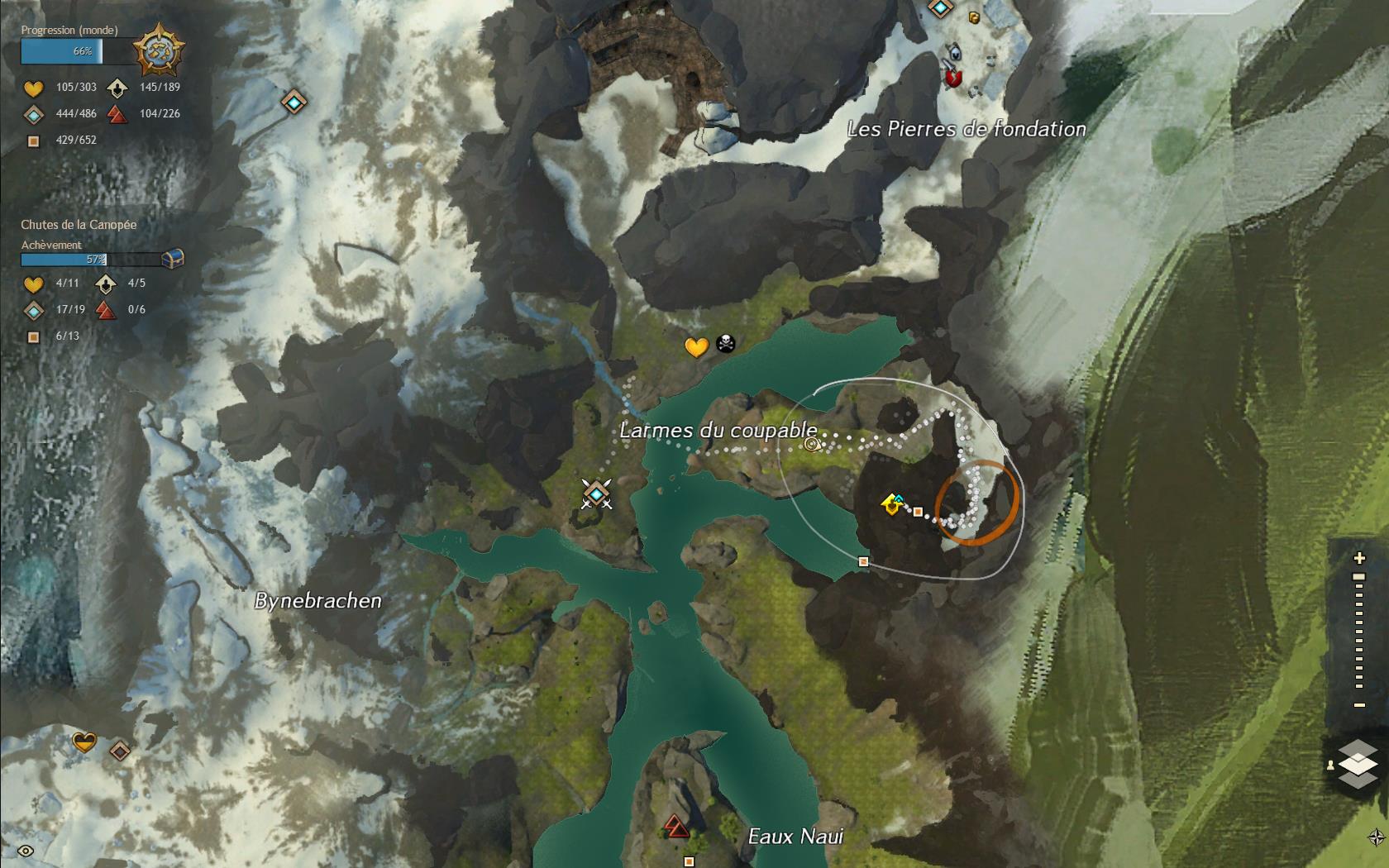

Desde 1995, se han recuperado un total de dos varillas de hueso tallado y biselado de las capas que datan al Pleistoceno Tardío en la cueva Sheriden Cave, del noroeste de Ohio (EE.UU.).

La recuperación y análisis de cañas o “varillas” biseladas hechas de materiales óseos (hueso, cornamenta o marfil) ya constituten un enfoque importante del estudio de la tecnología del herramitas del Paleoindio Temprano. The close spatial and temporal associations between the Sheriden Cave artifacts suggest that they represent the remains of an early Paleoindian tool cache within a small resource extraction campsite. These artifacts resemble bone and ivory points found at early Paleoindian sites in western North America and northern Florida but also bear significant morphological similarities to bone sagaie or javelin tips known from Upper Paleolithic sites in Europe. Microscopic and radiographic examinations of the bone points reveal that they were manufactured from split sections of mega-mammal bone. The tapered tips and overall morphology of the bone rods demonstrate that they served as projectile points as opposed to other functional types such as foreshafts. These strata also contained a small, reworked, Gainey-style fluted point cut and burned animal bone and the remains of flat-headed peccary, caribou, giant beaver, and other taxa. Since 1995 two carved and beveled bone rods have been recovered from Sheriden Cave in northwest Ohio in depositional strata that are radiocarbon dated to between 11,060 and 10,400 radiocarbon years B.P. The analysis of osseous (bone, antler, or ivory) beveled shafts or “rods” has become an important focus in the study of early Paleoindian tool technology.


 0 kommentar(er)
0 kommentar(er)
